How to cook perfect parsnips
Parsnips go delightfully with braised beef, or parma ham, finds our Kitchen Garden Cook
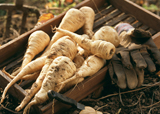

The history of the parsnip
The parsnip, or Pastinaca sativa, was considered a luxury by aristocratic Ancient Romans, who served parsnips with honey to enhance their sweetness. It's thought that Tiberius may have acquired his taste for the vegetables in Germany, where they were first cultivated for their larger root size. Indeed, the Emperor held parsnips in such high regard that he accepted them as currency in tributes from Germany to Rome.
Melanie says: 'If we aren't having a Sunday roast, this is my favourite dish to make before going out for a lengthy, crisp and cold country walk and returning home to a house filled with delicious smells because the oven has done all the work. Making the parsnip-and-garlic mash is also blissfully easy and helps with using up any excess from the kitchen garden'.
Guinness braised beef with parsnip-and-garlic mash
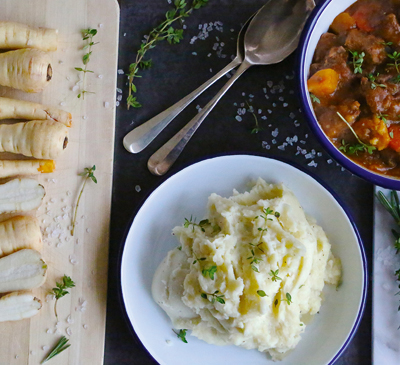
Serves 4
Ingredients
50g plain flour, well seasoned 800g braising beef, diced A splash of olive oil 400g carrots, peeled and cut into 1in pieces 150g celery, cut into 1in pieces 150g shallots, peeled and halved 50g tomato paste 500ml bottle of Guinness 3 sprigs rosemary 3 sprigs thyme 625g parsnips, peeled and chopped About 600ml vegetable stock, or enough to just cover 200ml whole milk 30g butter 1 clove garlic, crushed
Sign up for the Country Life Newsletter
Exquisite houses, the beauty of Nature, and how to get the most from your life, straight to your inbox.
Method
Pre-heat your oven to 160˚C/320˚F/gas mark 3. Roll the beef in the flour and seasoning so each piece is fully coated, then, in an ovenproof casserole dish with a splash of olive oil, brown the meat in batches so that the pan isn't overcrowded.
Once the meat has taken on a nice colour, remove it to a plate and add the chopped vegetables to the casserole dish, making sure to stir them well so they take up all those lovely juices and flavours. Add the tomato paste and stir for a further minute, before returning the meat to the pan. Next, pour the Guinness over it all, add seasoning and the sprigs of herbs (reserving a little to throw on at the end) and then place the lid on the dish and put it in the oven for two hours. Half an hour before the beef is ready, boil the parsnips in the vegetable stock until tender and drain them in a colander.
Heat the milk in the saucepan and return the parsnips to it, before whizzing them to a purée with a handheld blender. Stir the butter through it, with the crushed clove of garlic, then serve the beef with the parsnip mash, scattered with herbs.
More ways with parsnips
Chicken and parsnip pilaf
Soak 250g basmati rice in water for half an hour. Rinse under running water and boil until just al dente, then drain and reserve in a colander. Spread Keralan curry paste over six chicken thighs and brown them in the pan, then put the thighs on an oven tray with five peeled, vertically halved parsnips and roast in a moderately hot oven for 20 minutes. Melt 30g butter in the sauce pan and fry an onion until soft, add 2tbspn water and then stir the rice through, before adding 1tspn cinnamon and two cardamom pods. Leave to steam for 15 minutes with the lid on. To serve, stir 10 chopped dried apricots and a handful of fresh parsley through the rice, arrange the roasted chicken and parsnips on top, pour the pan juices over them and add a squeeze of lemon and some zest. Serves four.
Parmesan and Parma ham roasted parsnips
Peel and halve lengthways small parsnips, wrap in Parma ham and roast in a moderate oven for 20 minutes with olive oil and grated Parmesan, before serving with your favourite roast.
* Follow Country Life on Twitter
Country Life is unlike any other magazine: the only glossy weekly on the newsstand and the only magazine that has been guest-edited by HRH The King not once, but twice. It is a celebration of modern rural life and all its diverse joys and pleasures — that was first published in Queen Victoria's Diamond Jubilee year. Our eclectic mixture of witty and informative content — from the most up-to-date property news and commentary and a coveted glimpse inside some of the UK's best houses and gardens, to gardening, the arts and interior design, written by experts in their field — still cannot be found in print or online, anywhere else.
-
 New balls please: Eddie Redmayne, Anna Wintour and Laura Bailey on the sensory pleasures of playing tennis
New balls please: Eddie Redmayne, Anna Wintour and Laura Bailey on the sensory pleasures of playing tennisLittle beats the popping sound and rubbery smell of a new tube of tennis balls — even if you're a leading Hollywood actor.
By Deborah Nicholls-Lee
-
 A rare opportunity to own a family home on Vanbrugh Terrace, one of London's finest streets
A rare opportunity to own a family home on Vanbrugh Terrace, one of London's finest streetsThis six-bedroom Victorian home sits right on the start line of the London Marathon, with easy access to Blackheath and Greenwich Park.
By James Fisher
-
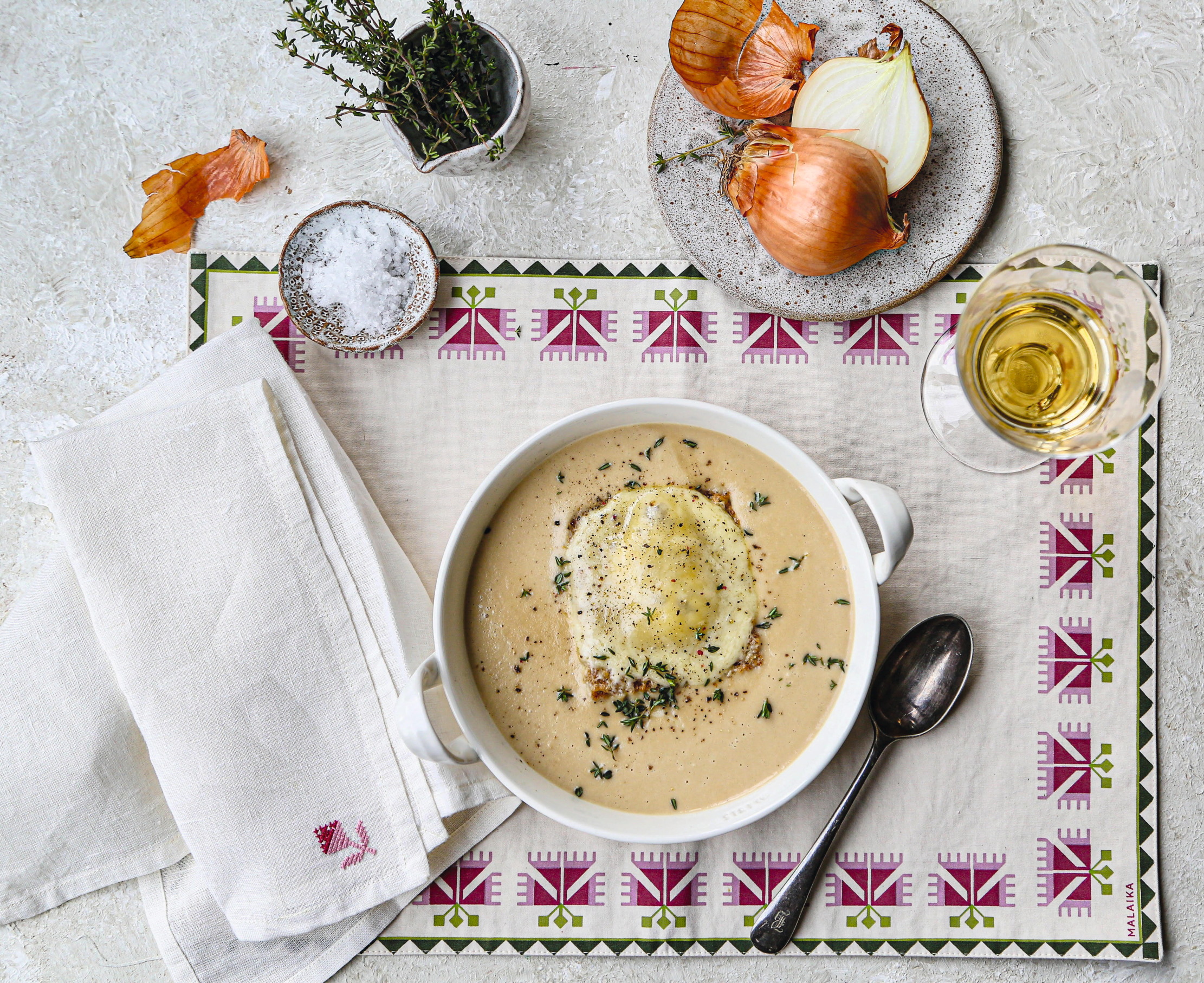 A Continental winter warmer: creamy onion soup with caramelised-onion toast
A Continental winter warmer: creamy onion soup with caramelised-onion toastSo long the bridesmaid, onions finally get their moment in the spotlight with this delicious and comforting winter soup.
By Melanie Johnson
-
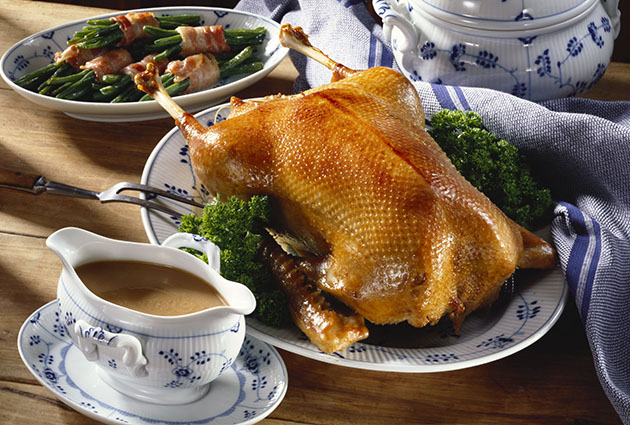 Perfect roast goose recipe from Mark Hix
Perfect roast goose recipe from Mark HixCooking the perfect Christmas goose, with delicious gravy, is a fantastic way to celebrate Christmas. Mark Hix explains how it's done.
By Country Life
-
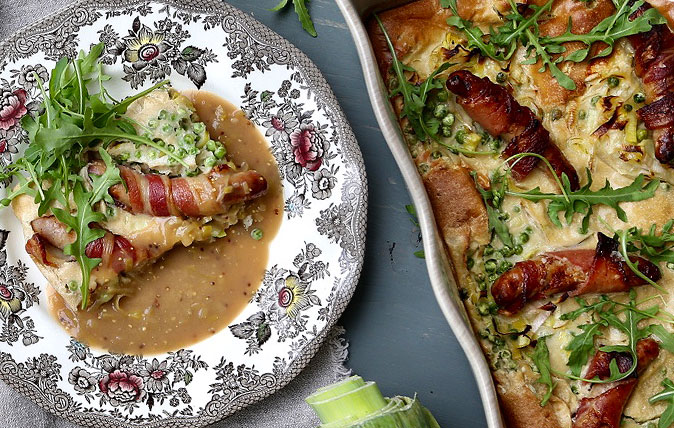 How to make Toad in the hole, the ultimate British comfort food
How to make Toad in the hole, the ultimate British comfort foodTry Melanie Johnson's recipe for toad in the hole – the ultimate British comfort food – with a twist thanks to the addition of bacon and leeks.
By Melanie Johnson
-
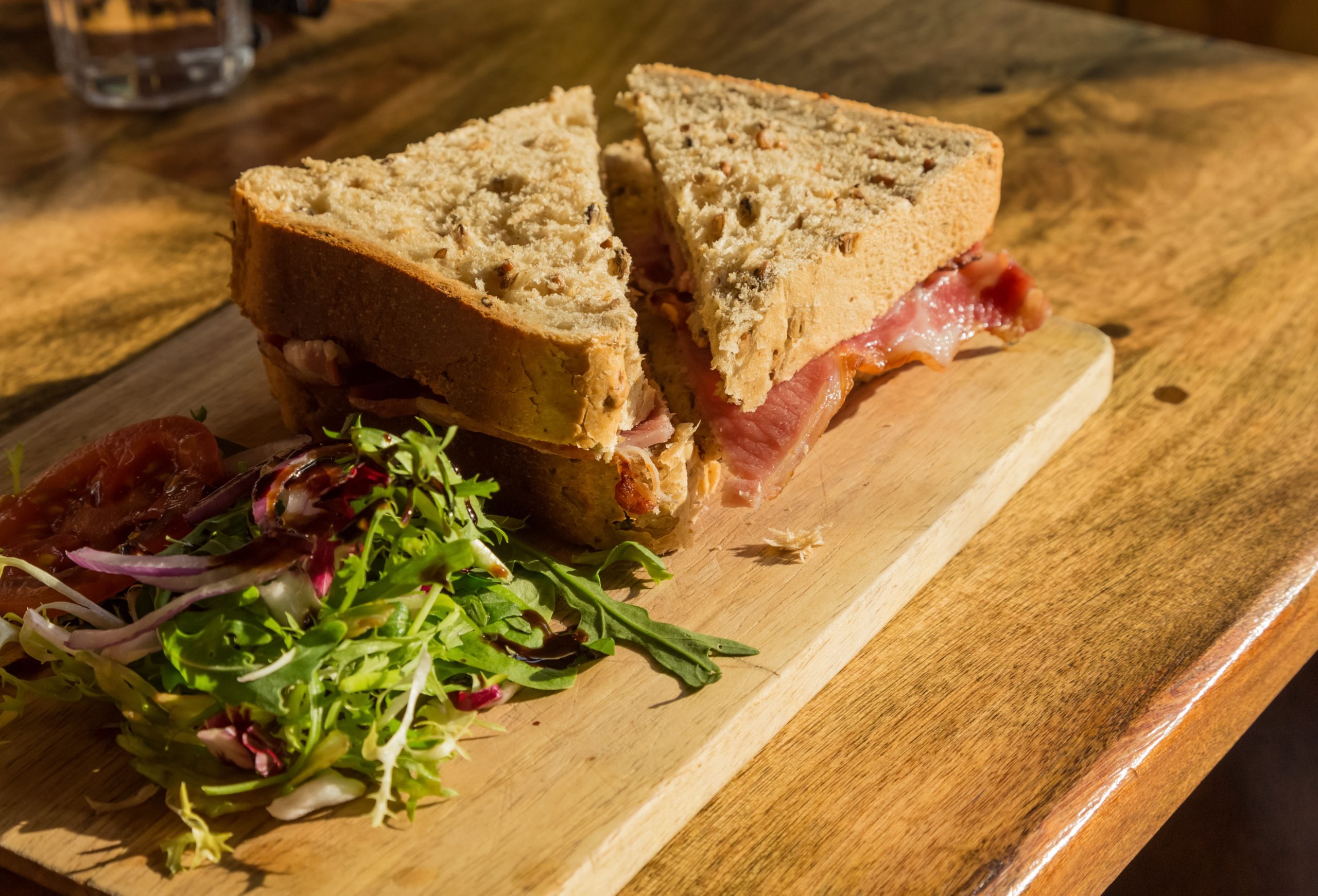 The ultimate Boxing Day bacon sandwich – with a surprise ingredient
The ultimate Boxing Day bacon sandwich – with a surprise ingredientSImon Hopkinson shares his recipe for a bacon sandwich with a perfect Christmassy twist.
By Simon Hopkinson
-
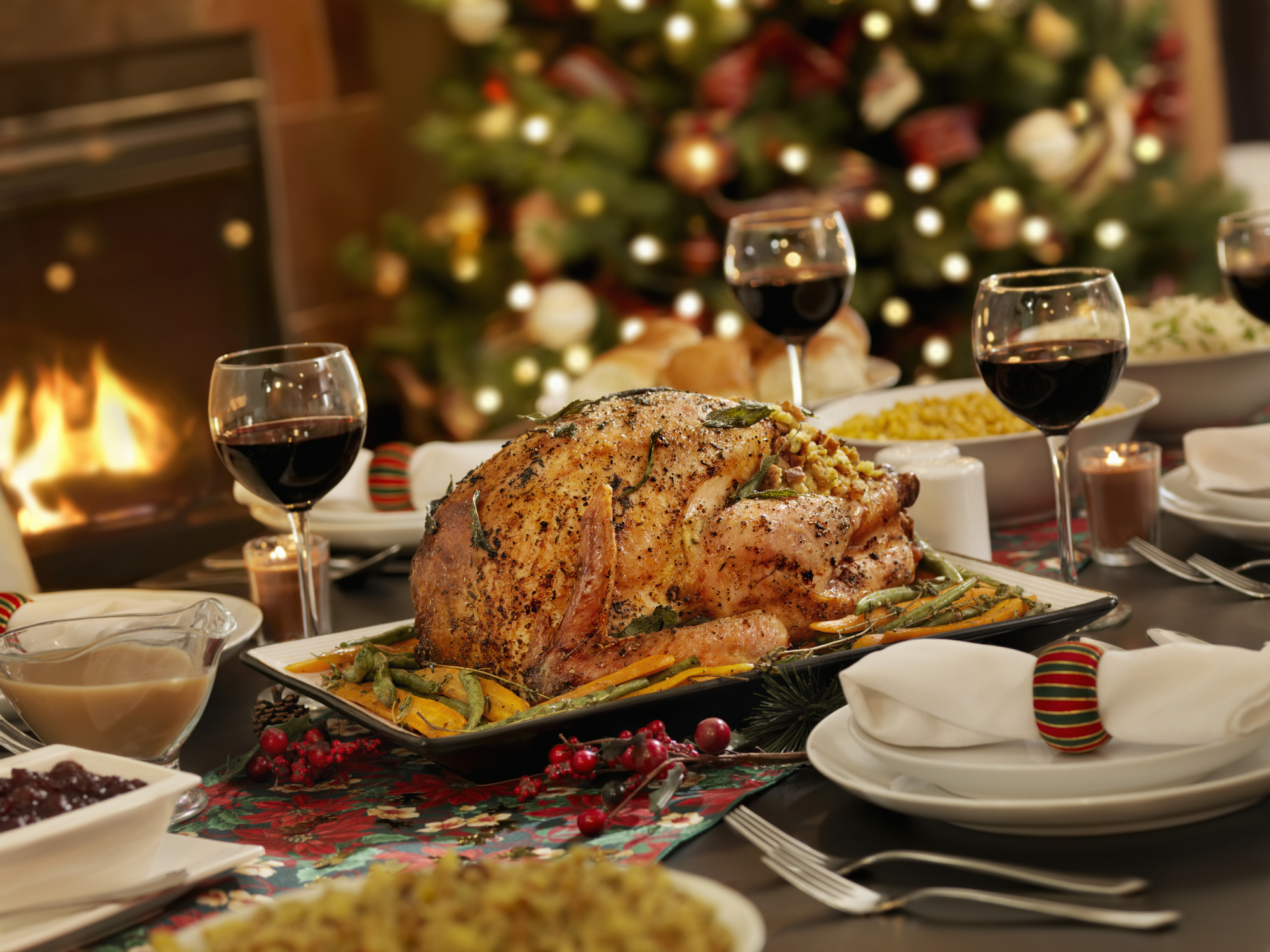 The step-by-step, stress-free plan for cooking Christmas lunch, by Tom Aikens
The step-by-step, stress-free plan for cooking Christmas lunch, by Tom AikensTom Aikens shares his recipes and advice for the perfect Christmas lunch: turkey, cranberry, roast potatoes and all the trimmings
By Country Life
-
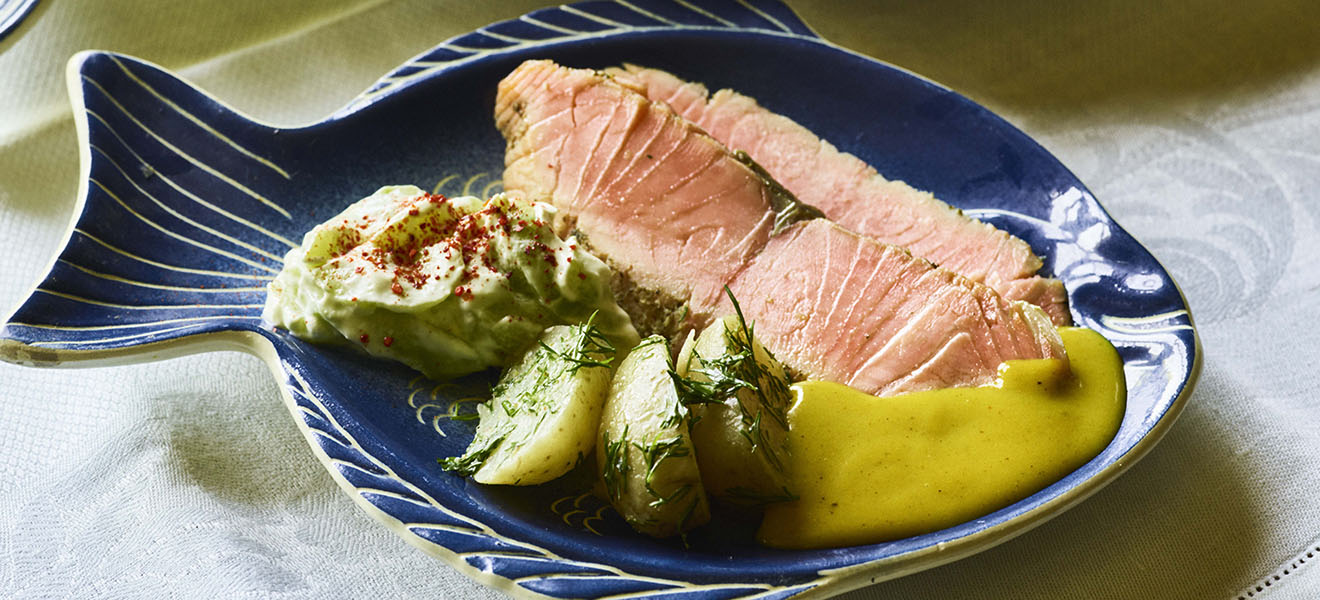 Recipe: Simon Hopkinson's Gravadlax, a delightful Swedish cured-salmon dish
Recipe: Simon Hopkinson's Gravadlax, a delightful Swedish cured-salmon dishNothing packs the same aromatic punch as a home-cured salmon flavoured with dill fronds and schnapps – and if you have too much, try poaching the leftovers. Poaching instructions before the recipe.
By Simon Hopkinson
-
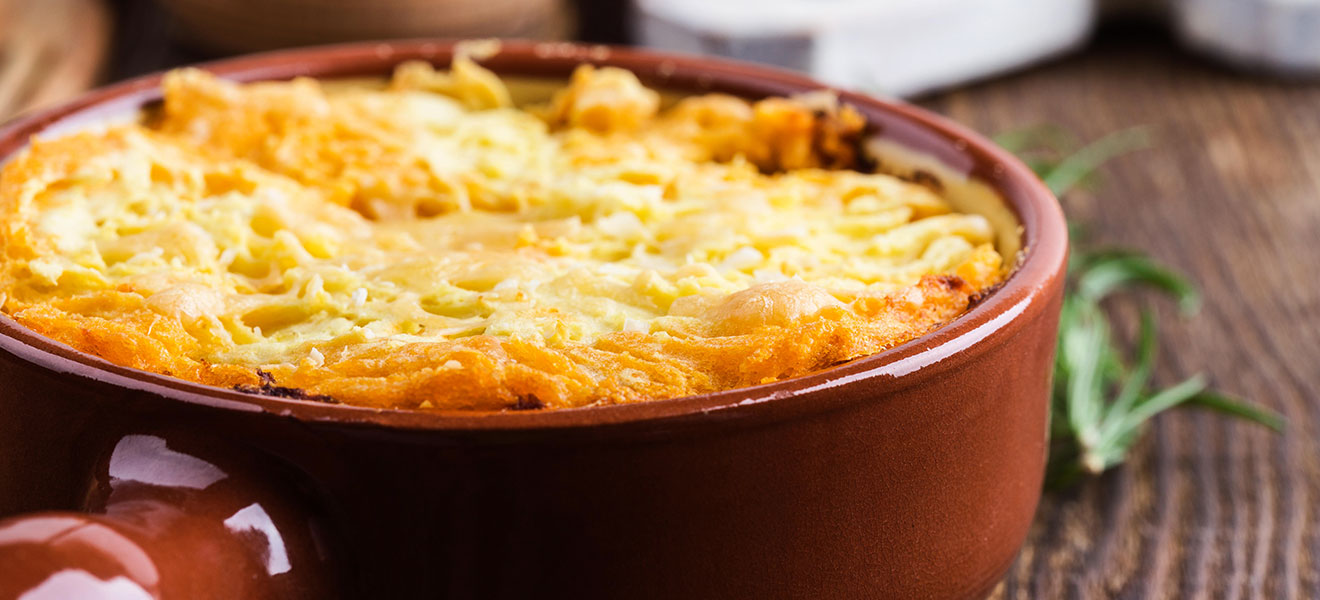 A delicious shepherd's pie recipe to take away the winter chill
A delicious shepherd's pie recipe to take away the winter chillShepherd's pie is a true British classic which always hits the spot – this delicious take on the dish comes from chef Christian Turner.
By Toby Keel
-
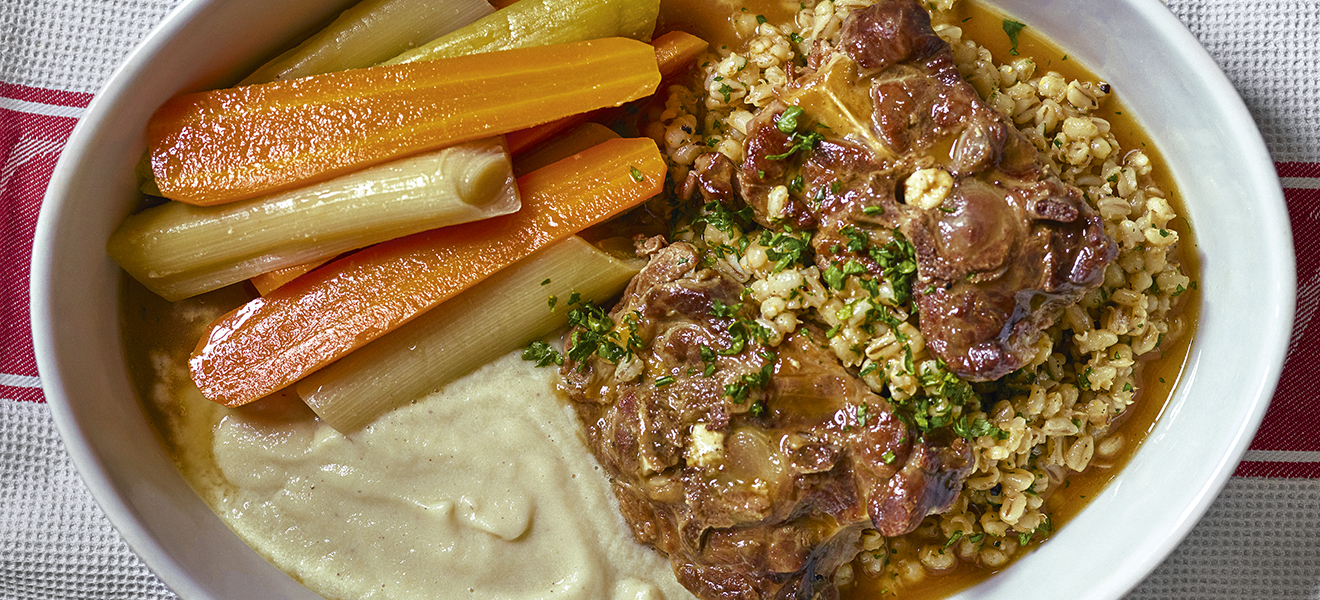 How to make a delicious Irish stew without potatoes
How to make a delicious Irish stew without potatoesAn Irish stew without potatoes might sound like a contradiction, but this lamb-neck and pearl-barley recipe gives the classic winter dish a rich twist.
By Simon Hopkinson